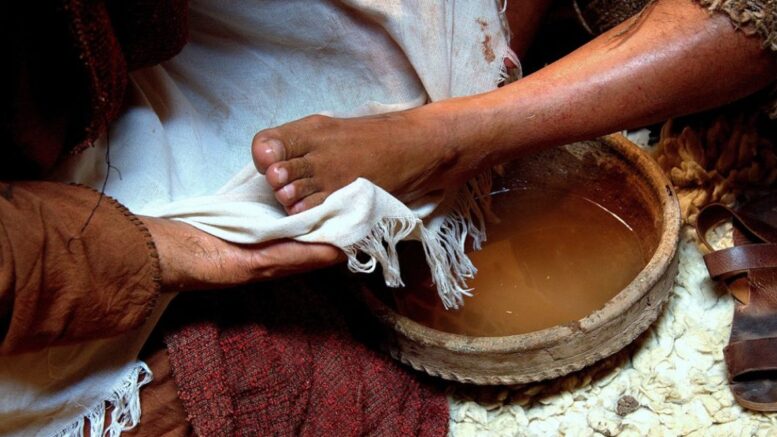On Thursday, April 6, 2023, the Ministerial Alliance of North Amityville and Vicinity will hold its Annual Maundy Thursday worship service featuring the “Seven Words of Jesus on His Way to the Cross”. We are hoping that all of you will join us at the Prayer Tabernacle Church of God in Christ on Great Neck Road in Amityville, NY to share in a wonderful event. It is with that in mind that we take this time to talk about Maundy Thursday and how it has come to be a special day in Christianity.
Maundy Thursday, also known as Holy Thursday or Covenant Thursday, is a significant day in the Christian calendar, marking the beginning of the Easter Triduum, which includes Good Friday and Easter Sunday. This day commemorates the Last Supper of Jesus Christ with his disciples, where he instituted the Holy Eucharist and gave them the commandment to love one another.
The origins of Maundy Thursday can be traced back to the Jewish tradition of celebrating Passover, which commemorates the Israelites’ liberation from slavery in Egypt. According to the Gospel of Luke, Jesus and his disciples gathered to celebrate Passover, and during the meal, Jesus took bread and wine, blessed them, and said they were his body and blood, to be shared among his disciples.
The term “Maundy” comes from the Latin word “mandatum,” which means “commandment,” referring to the commandment Jesus gave to his disciples to love one another as he loved them. This commandment is also known as the “new commandment,” and it is often symbolized by the washing of feet, which Jesus did for his disciples during the Last Supper. This act of humility and service is a reminder of the importance of selfless love and service to others.
Throughout history, Maundy Thursday has been celebrated in different ways by different Christian denominations. In the early Christian church, it was a day of fasting and penance, and the Eucharist was not celebrated. However, by the Middle Ages, the focus of the day shifted to the institution of the Eucharist, and the Mass became the central part of the celebration.
During the Reformation, some Protestant denominations rejected the idea of the Eucharist as a sacrament, and Maundy Thursday was celebrated primarily as a commemoration of the Last Supper. In the Anglican Church, the monarch traditionally washes the feet of the poor on Maundy Thursday, a practice that dates back to the 13th century.
In the Catholic Church, Maundy Thursday is one of the most solemn days of the year, and it is often marked by special liturgies and rituals. The Eucharist is celebrated, and the washing of feet is a prominent feature of the Mass. After the Mass, the Eucharist is removed from the altar, and the church is stripped of its decorations, symbolizing the darkness and despair of the Passion of Christ.
Overall, Maundy Thursday has evolved over time, but it remains a significant day in the Christian calendar, reminding us of the importance of love, service, and selflessness. It is a time to reflect on the sacrifice that Jesus made for us and to renew our commitment to following his commandment to love one another.

Be the first to comment on "The History of Maundy Thursday"